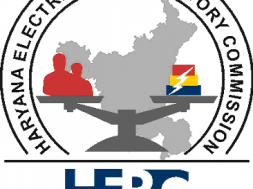
Innosea Joins EDF to Develop a Floating PV Project in Laos – EQ Mag Pro
Marine engineering firm Innosea announced in mid-November that it will join energy project developer EDF to build a 240MWp floating PV power plant in Laos. Specifically, Innosea will providing technical advice related to wave physics and anchoring.
Innosea is part of AqualisBraemar, a consultancy firm specializes in offshore energy projects. With in-depth knowledge on various fields including structural engineering and hydrodynamics, Innosea conducts feasibility and optimization studies for its clients. Both Innosea and EDF are French companies.
According to the information provided by AqualisBraemar and other renewable energy news websites, the floating PV power plant will be located on the reservoir of the Nam Theun 2 hydropower plant. Its surface area will reach 3.2 square kilometers or 1% of the entire surface of the reservoir when it is at full water supply level. Furthermore, the floating PV power plant will co-generate with the 1,080MW hydropower plant, providing a 6% gain in the total generation of the entire site. The floating PV power plant at the Nam Theun 2 is touted as being the largest PV project in Laos to date. The main investors in the project include EDF with a 40% stake, Electricity Generation PCL (EGCO) of Thailand with a 35% stake, and the Government of Laos with a 25% stake. The construction of the plant is scheduled to begin in 2022, and the plant is expected to enter operation in 2024.
Benoit Briere, senior project manager at Innosea, said that integrating a floating PV plant with an existing hydropower plant can boost the total generation of both assets by as much as 10%. Brier also said: “It’s also a privilege to support Laos in the development of what is projected to be one of the world’s largest FPV plants.”
PV industry analysts have pointed out floating PV systems have several advantages over ground-mounted PV systems. For instance, floating PV systems do not take up land that is needed for other purposes. Furthermore, they can prevent water evaporation at reservoirs. At the same time, they can operate more efficiently at a cooler temperature because of the cooling effect of the water beneath them. These advantages are also why Southeast Asian countries have been supporting the development of large-scale floating PV projects. Reuters reported in July that Singapore’s Sunseap Group will be investing US$2 billion to build a 2.2GW floating PV project with energy storage in the Indonesian city of Batam. Once in operation, the project will feed power to Singapore via undersea cable.


















